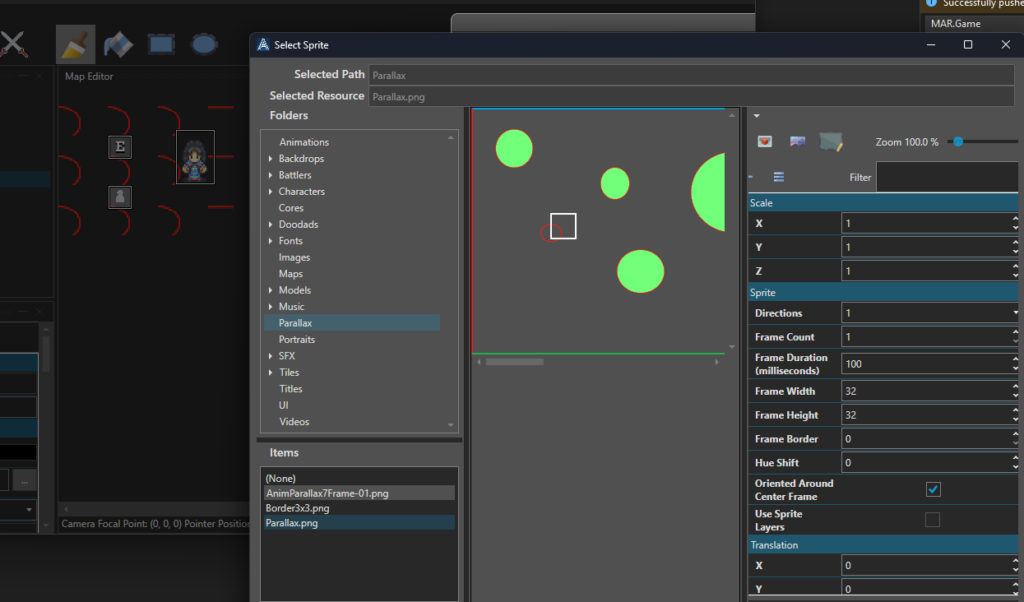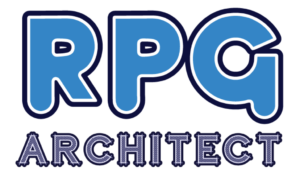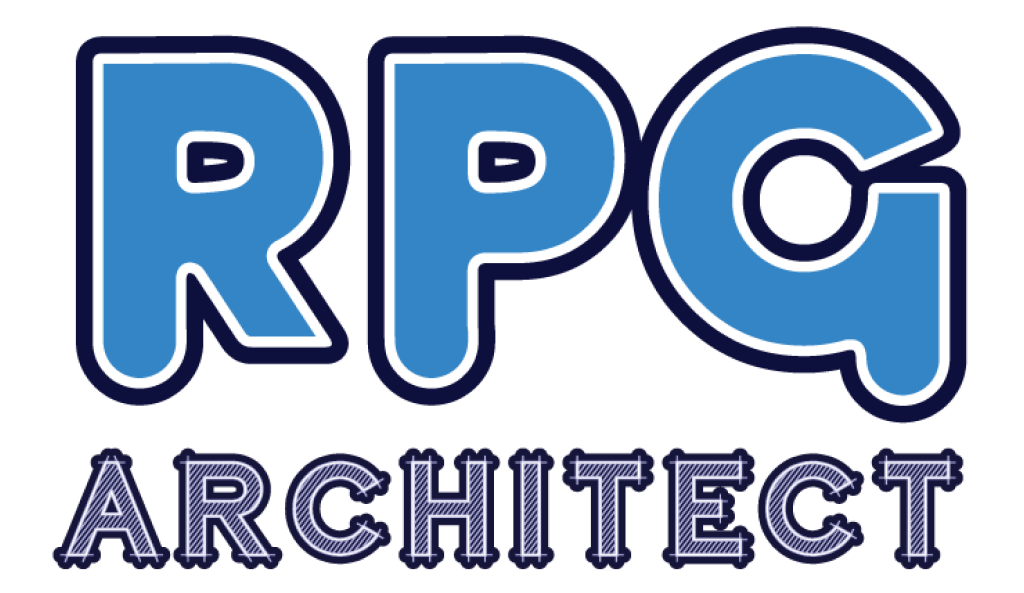June was a busy month for me personally, but I managed to get quite a few things done. All of the updates have been feature requests or bugs, with one item tackled from the roadmap. Let’s get started.

Most of our updates for this month have been around usability. A number of editor settings have been added to RPG Architect. You now have the option to Render Parallax Layers in the editor (Parallax Layers were also updated, but we’ll get to that later), as well as configure the default new Map Width and Height. Further, Entities can now be setup to initialize with a default number of Local Variables and Switches.
…and if you looked at the top entry, enhanced logging is now supported beyond crash reports. I’ll eventually, likely, enable differing levels, but for now, if you enable it, it’s all or nothing. It is also worth noting that not everything logs. The newer commands have it built-in, but the older ones will take some time. At some point, I’ll make a laundry list of what needs to be done and where. This will hopefully eventually also be useful in terms of a debug console (I have plans, I promise!) to list out what occurred in execution.

I mentioned it prior, but Parallax Layers now behave a lot more predictably. Prior, they were mapped out to fit a map cell, which could have some predictably terrible results. When I had originally added them, I had two different rendering agents — one for 2D and one for 3D. Here we are, probably a year after I consolidated the two rendering agents into one, and 3D looked OK, but 2D had a number of issues.
So, Parallax Layers now behave differently. Instead of being mapped to your Cell Dimensions, as prior, they map to a size based on your Tile Dimension. If you set your maps to use 32 x 32 tiles, a Parallax Layer Image that is 64×32 will now cover 2 tiles horizontally. You can also do some fun things with Scale, so that if you wanted it to map differently, just do the math. In the same prior example, if the scale was set at .5 on the Z axis, you would now see the Parallax image draw twice as often vertically. This should make things much more predictable and useful.
Several of the inventory commands were not useful, so I added the capacity for them to take an Inventory Slot, such that you could do more useful things without having to do a ton of extra work. I also added a “Clone” and “Destroy” command for Inventory, so you can easily duplicate items — or also delete/drop them.
The Importer Tool also got another upgrade — it now supports cloning/copying line items, as well as importing RPG Maker 2000/2003 tilesets. This came from a request from some of our users who wanted to use some of the public domain resources released ages ago. It made a lot of sense to do this, and it won’t be the last “upgrade” done to the Importer — I have another thought for something this coming month.

The 8-Bit JRPG Template is now included as well, which will help users out significantly in regard to starting a new project. I’ve been hyping this for months now, it feels like, but we finally had a release (just a few days into June, before I took my break). As noted on the caption, I also updated the window to create a new project with our “newer” design language. Big kudos to Mondune for surviving all of the tornadoes, getting back from the land of Oz, and pushing this across the finish line!
Equipping and unequipping scripts are now supported on equipment. The “Strength Chip” has a message box that is called in the script. There are a few hidden settings I have yet to unlock, but they will deal with whether the scripts should execute during a “system event” (e.g. when it’s un/equipped due to a game load, starting a new game, etc) or not. Look forward to that soon!
Next month, I think I will finally get around to support for game controllers. This has been asked for, for quite a while and it’s about time it gets implemented. Further, once this is done, there shouldn’t be anymore new sections in the database — things should look (mostly) complete. I’ll, per usual, be working on user requests and trying to chip away at more of the backlog/roadmap for 1.0.
I’m also going to try to use some of the budget to handle some of the final “shader” issues we have and look at starting to use SDL GPU to enhance other items to work on a more modern/enhanced pipeline. There may, eventually, be support for two targets — either modern or legacy. Legacy will have better compatibility, likely, across machines, while Modern will offer better performance, but only work on “newer” (e.g. probably from the last fifteen years, instead of the last twenty years) machines. I’m still looking at SDL GPU, so nothing has been “officially” planned yet, but I’ll keep y’all updated. It might mean we get some cool after-effects.
We’ll be working on a retro-dungeon crawler (first person) template in August sometime. Expect that it will likely be a bit before it comes out — but it is, indeed, coming. Community feedback has echoed (at least the vocal parts of our community) that this is something that is desired — so we’ll make it happen.
That’s it for June!
As always:
Thank you so much for your support so far. I’m looking forward to building this community further and giving you the engine you may not have known you always wanted!

